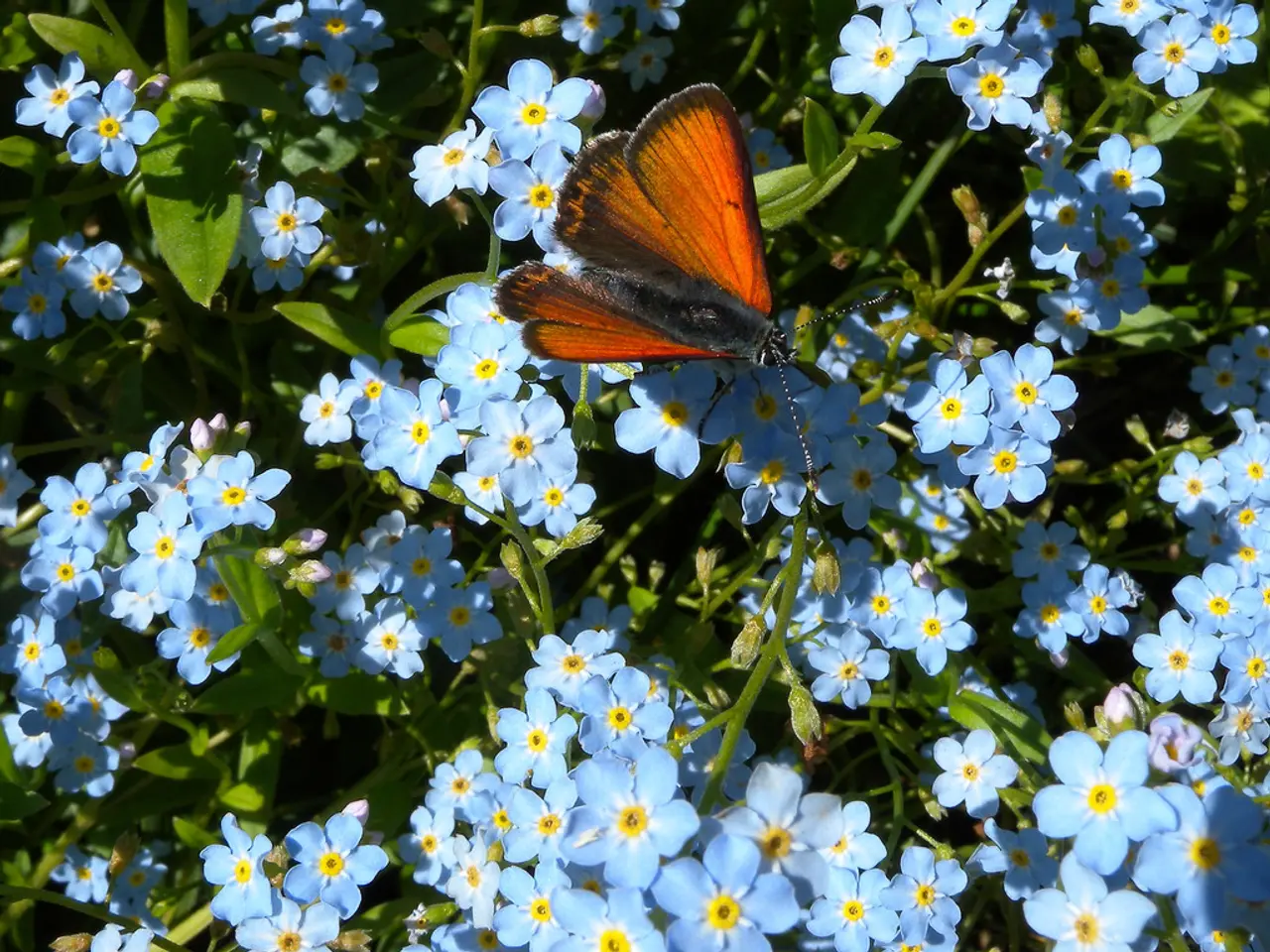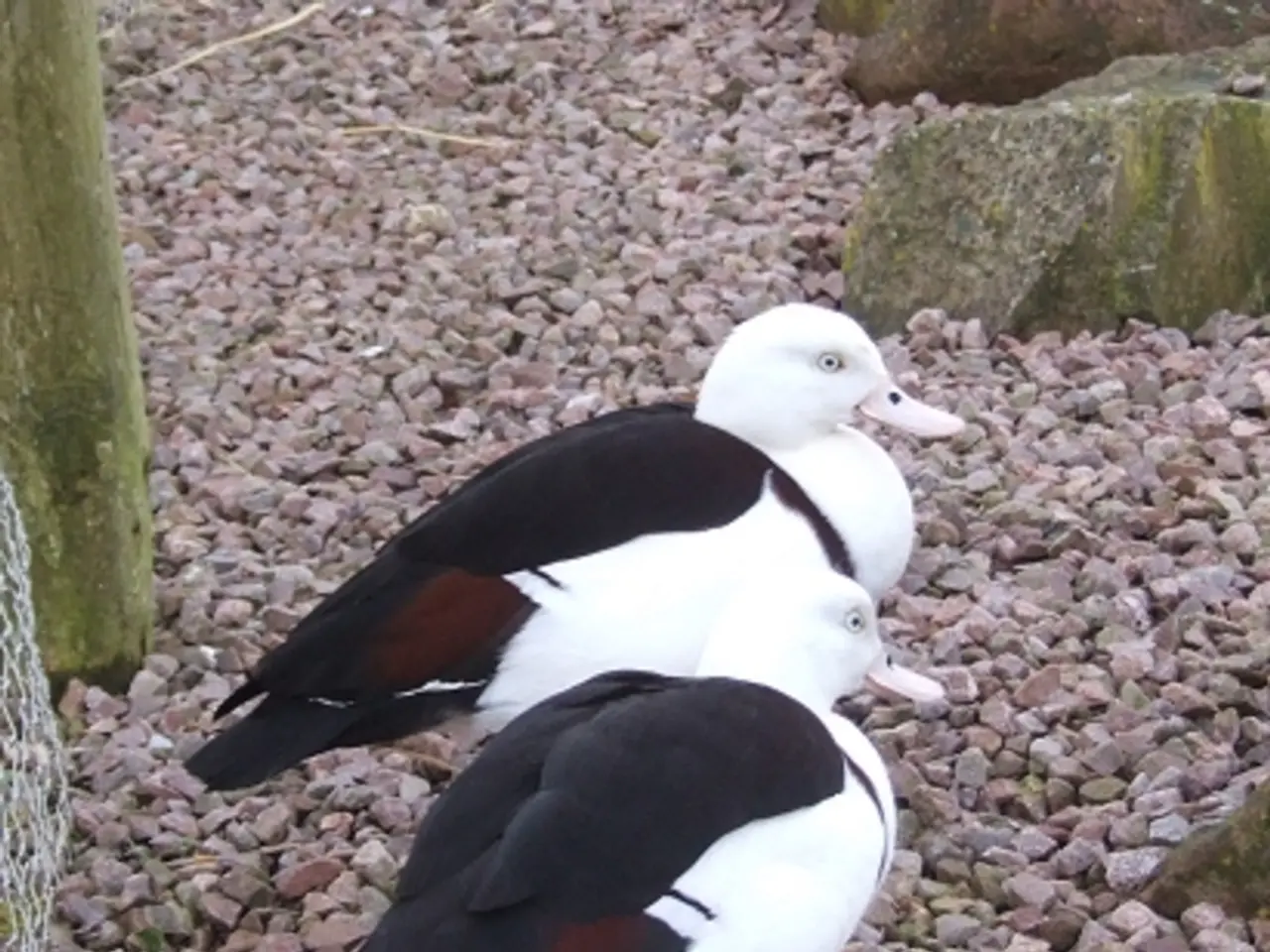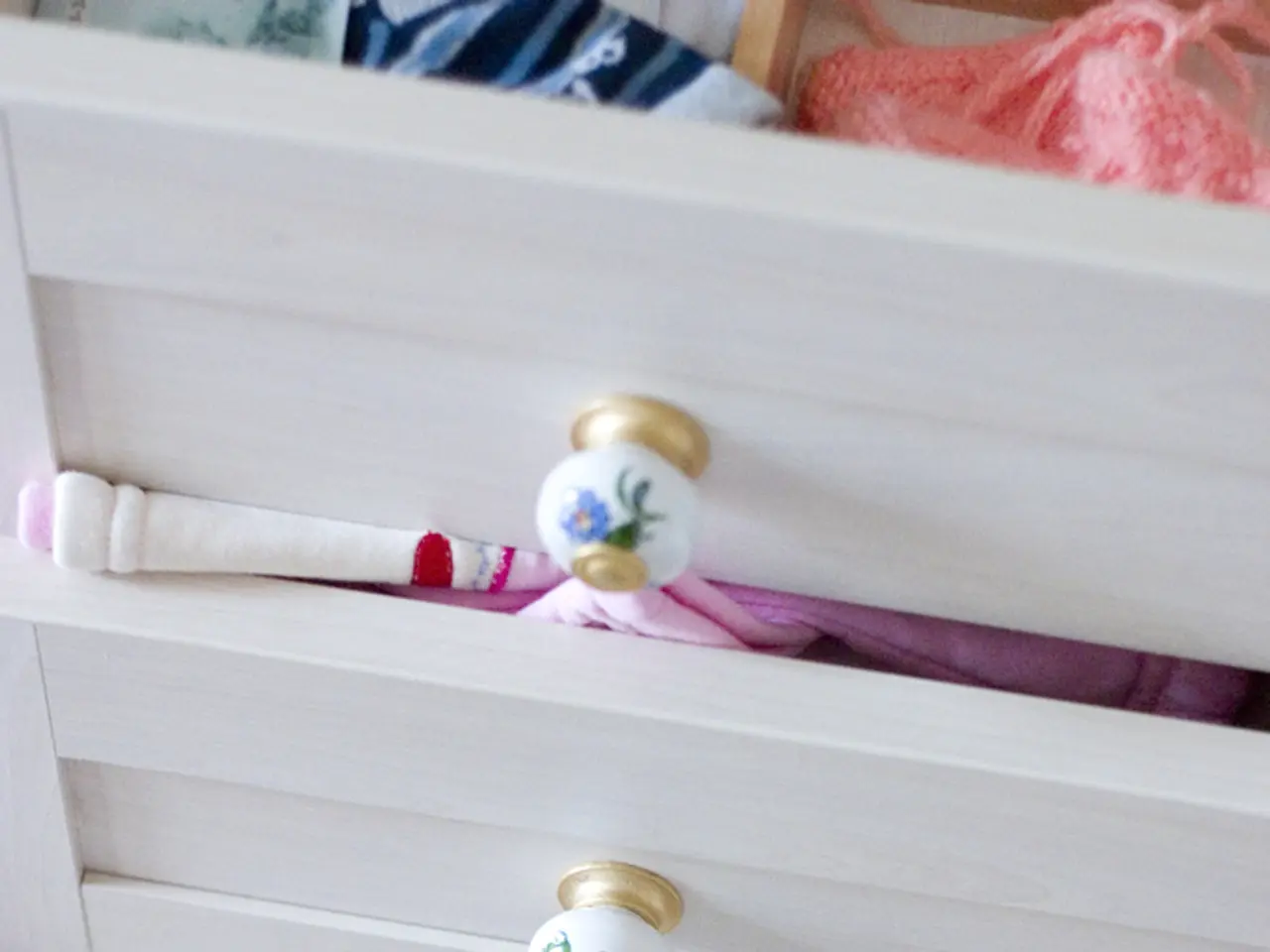Guide on Nurturing Native Bottlebrush Buckeye Shrub: Cultivation Tips for Bottlebrush Buckeye Plant
The Bottlebrush Buckeye shrub (*Aesculus parviflora*), with its showy white flowers and attractive foliage, is a delightful addition to any garden. Originating from North America, this native shrub has become a popular choice in European gardens as well. Here's a guide to help you care for your Bottlebrush Buckeye effectively.
**Soil**
Bottlebrush buckeye thrives in well-draining soil rich in organic matter. While it is adaptable to a variety of soil types, it performs best in moist soils. During the first few seasons after planting, provide deep, consistent watering. Once established, mature plants are moderately drought-tolerant.
**Sunlight**
Bottlebrush buckeye prefers partial shade to full shade, particularly in hotter climates. It can tolerate some morning sun but generally benefits from protection from intense afternoon sunlight. Choose a location where the shrub will be sheltered from harsh, direct sunlight, which can stress the plant.
**Pruning**
Pruning is rarely needed for bottlebrush buckeye. The shrub has a naturally pleasing, spreading habit. Prune only to remove dead, damaged, or crossing branches. You can also prune to control size or shape, but avoid heavy pruning unless necessary.
**Pest and Disease Control**
Bottlebrush buckeye is notably resistant to the most common pests and diseases that affect other buckeyes. However, occasional issues with leaf spot or powdery mildew may occur, especially in humid conditions. Ensure good air circulation around the plant by not overcrowding with other shrubs. Avoid overhead watering to reduce the risk of fungal diseases. If pests or fungal issues are detected, use appropriate organic or chemical treatments as needed, following label instructions.
**Caring for Your Bottlebrush Buckeye**
To propagate the Bottlebrush Buckeye shrub, plant fresh seeds in a container with moist soil. By spring, the seeds will have germinated and the seedlings will be ready to plant. The plants from seedling Bottlebrush Buckeye shrubs take about three years to flower.
Bottlebrush Buckeye grows both vertically and horizontally, producing suckers that can be useful for borders and hedges. The shrub prefers full sun or dappled shade and well-drained, acidic soil with organic matter. The beauty of the Bottlebrush Buckeye shrub's flowers attracts solitary bees, hummingbirds, and butterflies, including eastern tiger swallowtails, giant swallowtails, and monarchs.
In conclusion, following these care instructions will help your bottlebrush buckeye thrive and remain healthy, enhancing your garden with its showy white flowers and attractive foliage. Fresh green when they emerge in spring, bottlebrush buckeye leaves turn a rich shade of egg-yolk yellow in the autumn. The shrub's growth cannot be restricted too much. The capsules of the Bottlebrush Buckeye fruit contain big, red-brown seeds, each with a pale scar. It is more frequently found in European gardens than in its native US.
[1] Spengler, Teo. "Bottlebrush Buckeye: Aesculus parviflora." About.com Gardening, About.com, 2 Feb. 2018, gardening.about.com/od/shrubs/a/Bottlebrush-Buckeye.htm. [4] "Bottlebrush Buckeye." Missouri Botanical Garden, 2021, [www.missouribotanicalgarden.org/PlantFinder/PlantFinderDetails.aspx?kempercode=a300](http://www.missouribotanicalgarden.org/PlantFinder/PlantFinderDetails.aspx?kempercode=a300). [5] "Bottlebrush Buckeye." The Garden Club of America, Inc., 2021, [www.gardenclub.org/plant/bottlebrush-buckeye](http://www.gardenclub.org/plant/bottlebrush-buckeye).
When selecting a location for your Bottlebrush Buckeye, consider plant hardiness zones and your lifestyle. This low-maintenance shrub thrives in partial to full shade, making it an ideal choice for home-and-garden spaces with varying sunlight conditions. As you care for your Bottlebrush Buckeye, remember to choose a soil with good organic matter that drains well, and water the plant consistently during its first few seasons. The attractive foliage and showy white flowers, along with the shrub's ability to bring pollinators like solitary bees, hummingbirds, and butterflies, make the Bottlebrush Buckeye a delightful addition to any garden.




